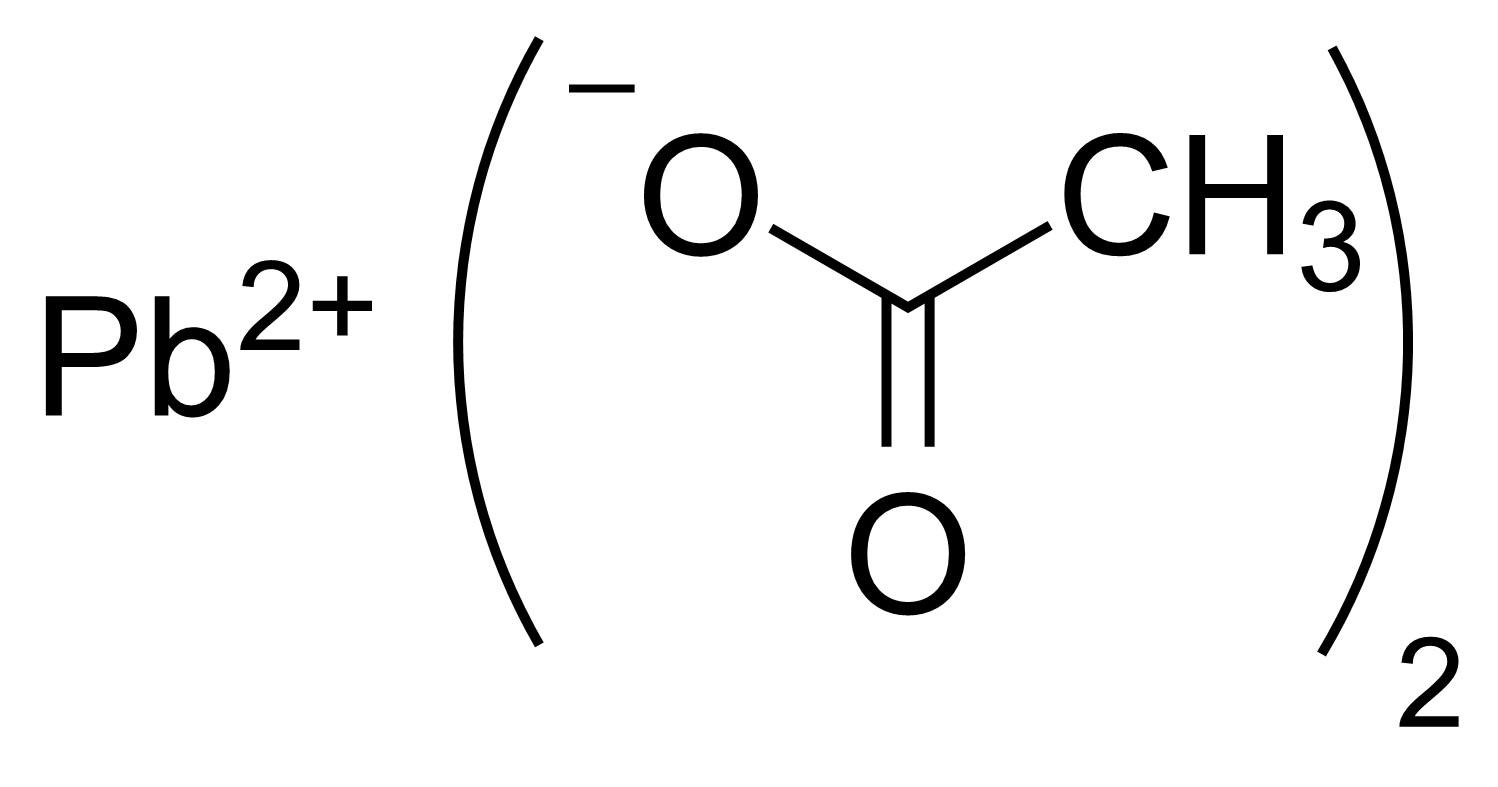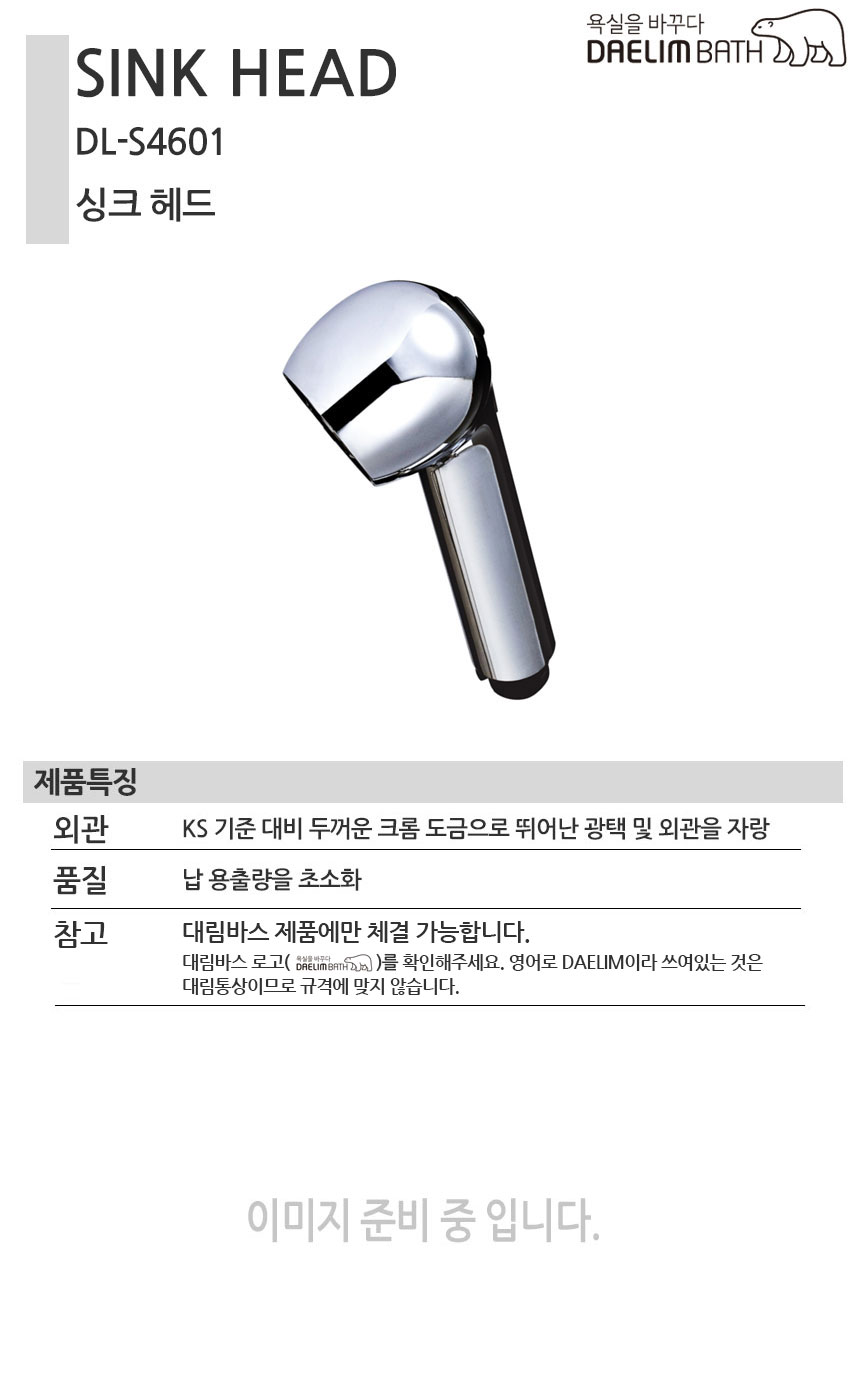납 영어
납(Pb), also known as lead in English, is an element that has been utilized by humans for centuries. Its distinct properties and versatile nature have made it a valuable resource in various industries. In this article, we will delve into the vocabulary used in English to describe different parts of the body, as well as discuss the characteristics of lead, lead poisoning, common uses of lead, the chemical symbol for lead, the lead ion, symptoms of lead poisoning, and the atomic number of lead.
(1) 머리와 얼굴을 설명하는 단어 (Words for Describing Head and Face)
When it comes to describing the head and face in English, there are several key words that are commonly used:
– Head (머리): The uppermost part of the body, including the skull and brain.
– Face (얼굴): The front part of the head that contains features such as the eyes, nose, and mouth.
– Forehead (이마): The part of the face above the eyes and below the hairline.
– Hair (머리카락): The strands that grow from the scalp.
– Eyes (눈): The organs responsible for vision.
– Eyebrows (눈썹): The hair above the eyes that help protect them from dust and sweat.
– Eyelashes (속눈썹): The shorter hair that grows from the edges of the eyelids and helps protect the eyes.
– Nose (코): The organ responsible for smelling and breathing.
– Mouth (입): The opening in the face where food and drink enter, and words are formed.
(2) 눈과 눈썹을 설명하는 단어 (Words for Describing Eyes and Eyebrows)
To describe the eyes and eyebrows in English, the following vocabulary is commonly used:
– Eye (눈): The organ responsible for vision.
– Iris (홍채): The colored part of the eye.
– Pupil (동공): The black circular opening in the center of the iris.
– Eyebrow (눈썹): The hair above the eyes that help protect them from dust and sweat.
– Eyelid (눈꺼풀): The fold of skin that covers and protects the eyes.
(3) 코와 입을 설명하는 단어 (Words for Describing Nose and Mouth)
When it comes to describing the nose and mouth in English, the following vocabulary is commonly used:
– Nose (코): The organ responsible for smelling and breathing.
– Nostril (콧구멍): Either of the two external openings of the nose.
– Bridge of the nose (코다리): The part of the nose between the eyes.
– Tip of the nose (코끝): The pointed end of the nose.
– Upper lip (윗입술): The part of the mouth above the lower lip.
– Lower lip (아랫입술): The part of the mouth below the upper lip.
– Teeth (이:니): Hard, calcified structures that are used for biting and chewing.
– Tongue (혀): The muscular organ in the mouth responsible for tasting, swallowing, and speech.
(4) 귀와 이마를 설명하는 단어 (Words for Describing Ears and Forehead)
When describing the ears and forehead in English, the following vocabulary is commonly used:
– Ear (귀): The organ used for hearing and balance.
– Earlobe (귀결): The fleshy lower part of the ear.
– Inner ear (안구): The part of the ear that contains the cochlea and vestibular system.
– Temple (후두): The flat part of the forehead on the side near the eyes.
– Forehead (이마): The part of the face above the eyes and below the hairline.
(5) 목과 어깨를 설명하는 단어 (Words for Describing Neck and Shoulders)
To describe the neck and shoulders in English, the following vocabulary is commonly used:
– Neck (목): The part of the body that connects the head to the rest of the body.
– Throat (목구멍): The passage that connects the mouth and nose to the esophagus and windpipe.
– Shoulder (어깨): The joint between the arm and the upper body.
(6) 팔과 손을 설명하는 단어 (Words for Describing Arms and Hands)
When it comes to describing the arms and hands in English, the following vocabulary is commonly used:
– Arm (팔): The upper limb of the body between the shoulder and the wrist.
– Elbow (팔꿈치): The joint between the upper and lower arm.
– Wrist (손목): The joint between the hand and the forearm.
– Hand (손): The part of the body at the end of the arm, including the fingers and thumb.
– Finger (손가락): One of the five digits on the hand.
– Thumb (엄지손가락): The short, thick digit on the side of the hand.
(7) 가슴과 배를 설명하는 단어 (Words for Describing Chest and Stomach)
To describe the chest and stomach in English, the following vocabulary is commonly used:
– Chest (가슴): The front part of the body between the neck and the abdomen.
– Breast (유방): Either of the two soft protrusions on a person’s chest.
– Abdomen (배): The part of the body between the chest and pelvis, containing the stomach and intestines.
– Stomach (위): The organ in the abdomen that receives and breaks down food.
(8) 다리와 발을 설명하는 단어 (Words for Describing Legs and Feet)
When it comes to describing the legs and feet in English, the following vocabulary is commonly used:
– Leg (다리): The lower limb of the body from the knee to the ankle.
– Thigh (허벅지): The part of the leg between the hip and the knee.
– Calf (종아리): The back part of the leg below the knee.
– Ankle (발목): The joint connecting the leg and the foot.
– Foot (발): The lower extremity of the leg, connected to the ankle.
– Toe (발가락): One of the five digits on the foot.
(9) 피부와 색깔을 설명하는 단어 (Words for Describing Skin and Color)
When describing the skin and color in English, the following vocabulary is commonly used:
– Skin (피부): The outer covering of the body.
– Complexion (피부색): The natural color and appearance of the skin.
– Pale (창백한): Having light-colored or white skin.
– Fair (옅은): Having light-colored or fair skin.
– Dark (검은): Having dark-colored skin.
– Tanned (햇볕에 탄): Having skin darkened by exposure to the sun.
(10) 구체적인 신체 부위를 설명하는 단어 (Words for Describing Specific Body Parts)
When it comes to describing specific body parts in English, the following vocabulary is commonly used, including the English translation of the word “lead” (납):
– Brain (두뇌): The organ responsible for thinking, feeling, and controlling the body.
– Heart (심장): The organ responsible for pumping blood throughout the body.
– Liver (간): The organ responsible for detoxifying chemicals and metabolizing drugs.
– Kidney (신장): The organ responsible for filtering waste products from the blood.
– Lungs (폐): The organs responsible for breathing and exchanging oxygen and carbon dioxide.
– Lead (납): A chemical element with the symbol Pb and atomic number 82.
– Poisoning (중독): The condition of being harmed or killed by a toxic substance.
– Symptoms (증상): Physical or mental manifestations of an illness or condition.
– Atomic number (원자번호): The number of protons in the nucleus of an atom.
납(Pb)의 특징 (Characteristics of Lead):
– 납은 밀도가 높고 부은 성질을 가지며, 낮은 녹는점과 높은 끓는점을 갖고 있습니다. (Lead has a high density and malleable properties, with a low melting point and high boiling point.)
– 납은 독성이 있어 건강에 해로울 수 있으며, 환경 오염의 주요 원인 중 하나입니다. (Lead is toxic and can be harmful to health, as well as a major contributor to environmental pollution.)
– 납은 납산전지, 낚시줄, 방사능 차폐 소재 등 다양한 분야에서 사용됩니다. (Lead is used in various fields, including lead-acid batteries, fishing weights, and radiation shielding materials.)
납 중독 (Lead Poisoning):
– 납 중독은 납을 흡입하거나 섭취함으로써 발생할 수 있습니다. (Lead poisoning can occur by inhaling or ingesting lead.)
– 납 중독은 신경계, 혈액 및 장기에 심각한 영향을 줄 수 있으며, 어린 아이들과 임신 중인 여성에게 특히 위험합니다. (Lead poisoning can have serious effects on the nervous system, blood, and organs, and is particularly dangerous for young children and pregnant women.)
– 납 중독의 증상에는 신경학적 문제, 소화 장애, 발골 장애 등이 포함됩니다. (Symptoms of lead poisoning include neurological issues, digestive disorders, and developmental disorders.)
납 사용처 (Common Uses of Lead):
– 납은 과거에는 쉬운 가공성과 내구성으로 인해 수도관, 도마, 독구 등에 사용되었습니다. (In the past, lead was used for plumbing, roofing, and tools due to its malleability and durability.)
– 현재에는 주로 납산전지, 납 케이블, 방사능 차폐 소재, 자동차 축전지 등의 제조에 사용되고 있습니다. (Currently, lead is primarily used in the manufacturing of lead-acid batteries, lead cables, radiation shielding materials, automotive batteries, etc.)
납 원소기호 (Chemical Symbol for Lead): Pb
납 이온 (Lead Ion): Pb2+
납 중독 증상 (Symptoms of Lead Poisoning):
– 지루하고 무기력한
몸상태 (Fatigue and lethargy)
– 기억력 저하 및 인지 기능 손상 (Impaired memory and cognitive function)
– 피부 발진 또는 발적 (Skin rash or discoloration)
– 복통 및 소화 장애 (Abdominal pain and digestive disorders)
– 고혈압 및 심장 질환 (High blood pressure and heart disease)
– 신경학적 문제 (Neurological issues)
– 발달 장애 (Developmental disorders)
납 원자번호 (Atomic Number of Lead): 82
As stated above, 납(Pb) or lead is a chemical element with the atomic number 82 and the symbol Pb. It possesses unique physical properties that have made it useful in various industries. However, it is crucial to be aware of its toxicity and the potential health hazards associated with lead poisoning. By understanding the vocabulary related to describing physical characteristics in English and the properties of lead, we can communicate effectively and be more cautious when dealing with lead in our daily lives.
사용자가 검색한 키워드: 납 영어 납(Pb), 납 특징, 납 중독, 납 사용처, 납 원소기호, 납 이온, 납 중독 증상, 납 원자번호
Categories: Top 91 납 영어
유희열의 스케치북 – 첫 무대부터 찢었다! YB – 나는 나비♬.20191108
여기에서 자세히 보기: tfvp.org
납(Pb)
Introduction (approx. 100 words):
납 (pronounced as “nap” in Hangul), also known as lead (Pb) in English, is a versatile and commonly found metal that has a significant presence in various aspects of Korean society. Despite its numerous applications in industries such as manufacturing, construction, and even in traditional medicine, lead poses potential health risks due to its toxic properties. This article aims to shed light on the manifold dimensions of 납 in Korea, exploring its historical significance, current usage, associated health hazards, and environmental implications.
I. Historical Significance and Traditional Use of 납 (approx. 200 words):
Lead has been utilized in Korea for centuries and has played a crucial role in various cultural and artistic domains. Historically, 납 finds its presence in crafts, architecture, and traditional medicine. The metal’s malleability and durability have made it a preferred choice in creating traditional vessels, jewelry, roofing materials, and more. It has also been used in traditional Korean medicine, known as Hanbang, where lead has had applications ranging from tonics to medicinal plasters. While its historical applications were abundant, the adverse consequences of lead exposure were not fully elucidated at that time.
II. Contemporary Usage and Industrial Applications (approx. 300 words):
In modern Korea, lead continues to be used widely across industries, particularly in areas such as construction, electronics, and the automotive sector. Its unique properties, including high density, corrosion resistance, and excellent shielding against radiation, make lead a valuable material in the production of batteries, paints, ceramics, and even bullets. However, it is important to note that the use of lead-based paints has substantially decreased due to growing awareness of its health hazards.
III. Health Hazards and Environmental Impact (approx. 400 words):
1. Health Effects: Lead exposure can have severe health implications, particularly in children and pregnant women. Even at low levels, lead can impair neurological development, leading to learning disabilities, decreased IQ, and behavioral issues in children. It can also affect the functioning of vital organs, including the kidneys, liver, and the reproductive system. The absorption of lead can occur through various routes, such as inhalation, ingestion, or dermal contact.
2. Regulatory Measures: To protect public health, South Korea has implemented stringent measures to regulate the use of lead in various products. Standards have been established to limit the permissible lead content in drinking water, food packaging, toys, and cosmetics. Moreover, the sale of lead-based paints has been banned for residential purposes since 1997.
3. Environmental Concerns: 납 contamination can also pose significant environmental hazards. Improper disposal and waste management methods can lead to the release of lead into soil and water systems, thereby contaminating the food chain and affecting aquatic ecosystems. The pollution caused by lead-acid batteries, mining activities, and industrial emissions requires sustained efforts for effective monitoring and remediation.
FAQs (approx. 200 words):
Q1. Is lead still commonly used in Korea?
A1. Lead is still used in Korea, particularly in industries like construction, electronics, and automotive sectors. However, its usage has decreased in certain areas due to awareness of its health hazards.
Q2. What are the health risks associated with lead exposure?
A2. Lead exposure can cause neurological damage, especially in children and pregnant women. It can lead to learning disabilities, decreased IQ, and behavioral issues. Lead exposure can also affect kidney and liver function, as well as the reproductive system.
Q3. How is the Korean government regulating lead usage?
A3. The Korean government has implemented strict regulations on lead usage. Standards are set to limit lead content in drinking water, food packaging, toys, and cosmetics. The sale of lead-based paints has been banned for residential purposes since 1997.
Q4. Is lead contamination a significant environmental concern in Korea?
A4. Yes, lead contamination can have significant environmental repercussions. Improper disposal and waste management can lead to the release of lead into soil and water systems, affecting the food chain and aquatic ecosystems.
Conclusion (approx. 100 words):
Despite its historical significance in various aspects of Korean society, the potential health risks posed by lead exposure in 납 cannot be overlooked. While lead’s versatile properties continue to be harnessed in several industries, it is vital to prioritize public health and implement stringent regulations regarding lead usage and its proper disposal. Heightened awareness, effective monitoring, and comprehensive remediation strategies are fundamental for mitigating the environmental impact of lead contamination, ensuring a safer and healthier future for all.
납 특징
납은 화학 심벌 Pb를 가진 원소로, 원자 번호 82번을 가지고 있습니다. 납은 밀도가 높고 매우 부드러워서 가공이 쉽습니다. 이러한 특징으로 인해 납은 여러 산업에서 널리 사용되고 있습니다. 납은 전자 제품, 배터리, 납 주조, 도자기 납, 조준 장치, 화장품 및 석유 산업에서 사용됩니다. 납은 또한 부식 방지 재료, 방사선 방어 및 응용 분야에서도 사용됩니다.
납의 중요한 특징 중 하나는 높은 용융점입니다. 납은 327.5도씨의 상당히 높은 온도에서 녹을 수 있습니다. 이러한 특성은 납이 여러 고온 응용 분야에서 사용되는 이유 중 하나입니다. 또한 납은 의외로 낮은 기화압을 가지고 있어, 매우 낮은 압력에서 증발하지 않고 고온에서도 안정적인 상태를 유지할 수 있습니다.
납은 또한 전기 전도성을 가지고 있습니다. 납은 전기를 효과적으로 전달하는 능력이 있으며, 전선 및 전자 제품 제조에서 필수적인 소재입니다. 납연은 전자 제품에 실장하는 데 일반적으로 사용되며, 전기 기기의 성능 향상과 전기적 안정성을 보장하는 데 도움을 줍니다.
납은 환경에 대한 영향을 조심해야 할 때도 있습니다. 납은 매우 독성이 있으며, 과도한 노출로 인해 건강 문제를 초래할 수 있습니다. 특히 어린이와 임신 중인 여성은 납에 노출되었을 때 더 큰 위험을 갖게 됩니다. 따라서 소비자 및 산업 관련 업체는 납 사용에 주의해야 합니다. 국제적인 규제와 제한도 있으며, 이는 납으로 인한 환경 오염과 건강 문제를 최소화하기 위한 목적으로 도입되었습니다.
FAQs:
Q: 납은 어떤 용도로 사용됩니까?
A: 납은 다양한 용도로 사용됩니다. 전자 제품, 배터리, 납 주조, 도자기 납, 조준 장치, 화장품 및 석유 산업에서 사용됩니다. 또한 납은 부식 방지 재료, 방사선 방어 및 응용 분야에서도 사용됩니다.
Q: 납은 안전한가요?
A: 납은 매우 독성이 있을 수 있으며, 과도한 노출로 인해 건강 문제를 초래할 수 있습니다. 따라서 납 사용에 주의해야 합니다. 납 사용과 관련된 국제적인 규제와 제한도 있으며, 이는 납으로 인한 환경 오염과 건강 문제를 최소화하기 위한 것입니다.
Q: 납은 왜 높은 용융점을 가지고 있나요?
A: 납은 높은 용융점을 가지고 있어, 여러 고온 응용 분야에서 사용될 수 있습니다. 높은 온도에서 녹을 수 있기 때문에 고온 환경에서 안정성을 유지할 수 있습니다.
Q: 납은 전기 전도성이 좋나요?
A: 네, 납은 전기 전도성이 좋습니다. 납은 전기를 효과적으로 전달할 수 있는 능력이 있으며, 전선 및 전자 제품 제조에서 필수적인 소재입니다.
Q: 납은 어떻게 환경에 영향을 미치나요?
A: 납은 매우 독성이 있어 환경에 대한 영향을 주의해야 합니다. 납으로 인한 환경 오염 및 건강 문제를 최소화하기 위해 국제적인 규제와 제한도 있습니다.
주제와 관련된 이미지 납 영어

납 영어 주제와 관련된 이미지 27개를 찾았습니다.



![탐사K] 수도꼭지에서 납 검출…“수돗물은 안전할까요?” 탐사K] 수도꼭지에서 납 검출…“수돗물은 안전할까요?”](https://img.kbs.co.kr/kbs/620/news.kbs.co.kr/data/fckeditor/new/image/2021/03/23/314631616131149720.jpg)




Article link: 납 영어.
주제에 대해 자세히 알아보기 납 영어.
- 납 – 위키백과, 우리 모두의 백과사전
- 영어 Translation of “납” | Collins Korean-English Dictionary
- 납 영어로
- “납” 영어로 어떻게 말할까요? – Willi.ai
- 영어 단어가 자동으로 기억된다 (제2권): 읽으면 저절로 기억되는 수능ㆍ토익ㆍ공무원 영어 단어
- 납 – 나무위키
- 납 – WordReference 한-영 사전
- 고종석의 영어이야기 – Kết quả Tìm kiếm Sách của Google
- 납 lead의 발음은? – 영어 갤러리 – 디시인사이드
더보기: https://tfvp.org/tin-tuc/